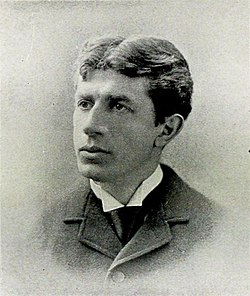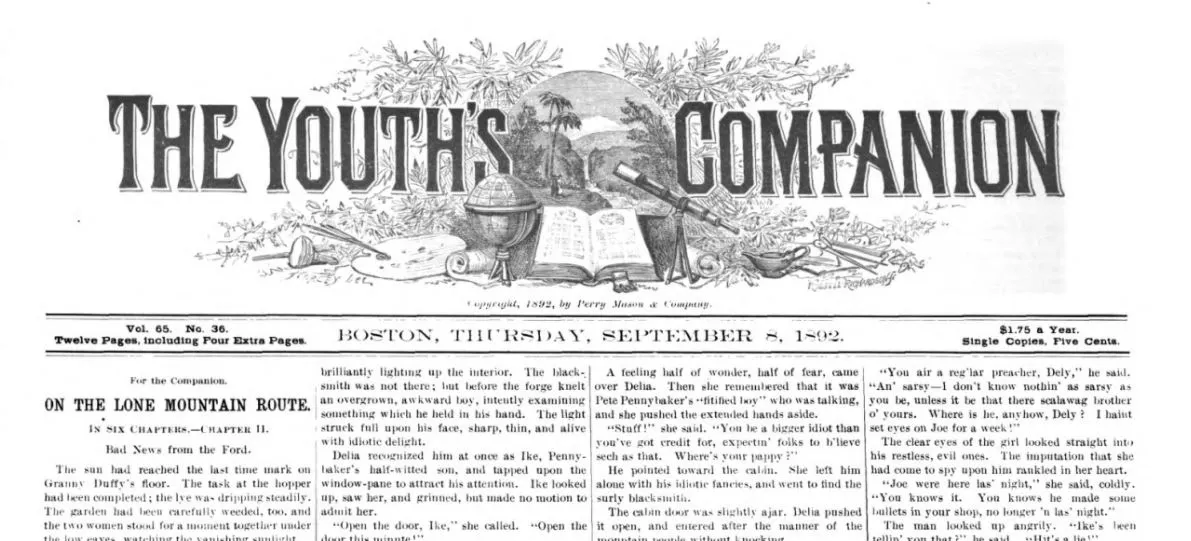Frances Julius Bellamy
1855 - 1931

Can you imagine a time when the author of the Pledge Of Allegiance was not known?
Well, truth is stranger than fiction, for up until 1939 it was not certain who had written the Pledge,
and what's more, until that time no one seemed to care. Finally, in that year, after years of
research a committee of the U.S. Flag Association ruled that Francis J. Bellamy had indeed written our
Pledge of Allegiance. The Reverend Francis J. Bellamy was a Mason, a member of Little Falls Lodge
No. 181, Little Falls, New York. The Order of the Eastern Star erected a memorial tablet to him in
1955 in Oriskany, New York.
At the First National Flag Conference in Washington, D.C., June 14, 1923, the words "the Flag of
the United States" was substituted for "my flag." The change was made on the grounds
that those born in foreign countries might have in mind the flag of their native land when giving the
Pledge. The Second National Flag Conference in Washington on Flag Day, 1924, added, for the sake of
greater definition, the words "of America." On Flag Day, 1954, President Dwight D. Eisenhower
signed an Act of Congress adding the words "under God." For greater meaning and proper
presentation when reciting the Pledge there should be only three pauses: 1. After "America"
2. after "stands" and 3. after "indivisible."
Due to the fact that no author was mentioned when the Pledge appeared in 1892, few knew who actually
had written it and in time its origin was completely veiled in obscurity. This is the story of how the
Pledge of Allegiance came into being, and of a long delayed tribute to its author.
James B. Upham was a man imbued with patriotic fervor. At the close of the last century he was a
 partner of the firm publishing the Youth's Companion, a juvenile periodical of Boston. One of his
strong beliefs was that an American flag should be flown over every schoolhouse. To this end he
persuaded his mag-azine to sponsor a plan to sell flags to schools at cost the idea being so successful
that 25,000 schools acquired flags in just one year. He also campaigned to have flags flown over public
buildingshis success in this endeavor is clearly evident today. Brother and Sir Knight James B. Upham
is known as the "Father" of the movement to display flags in schools and in public places. We
Masons, who pride ourselves on our patriotism, salute him! He was a member of Converse Lodge, Malden,
Mass.
partner of the firm publishing the Youth's Companion, a juvenile periodical of Boston. One of his
strong beliefs was that an American flag should be flown over every schoolhouse. To this end he
persuaded his mag-azine to sponsor a plan to sell flags to schools at cost the idea being so successful
that 25,000 schools acquired flags in just one year. He also campaigned to have flags flown over public
buildingshis success in this endeavor is clearly evident today. Brother and Sir Knight James B. Upham
is known as the "Father" of the movement to display flags in schools and in public places. We
Masons, who pride ourselves on our patriotism, salute him! He was a member of Converse Lodge, Malden,
Mass.

Frances Julius Bellamy
1855 - 1931

